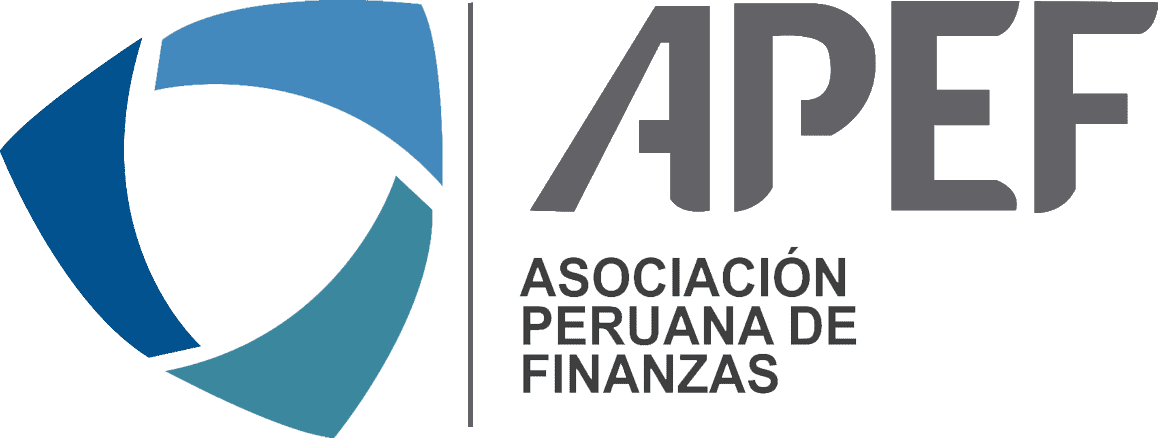We keep our ear to the ground for the interesting stats, insights and discussion points you need to feel in the know.
1. There is no equity without accessibility

It may sound obvious but the most successful products or services are easy for everyone to use – including the more than one in five people globally who have disabilities. The Web Content Accessibility Guidelines developed by the World Wide Web Consortium (W3C) are the global standard and include guidance on things like adding alternate text to meaningful images, captions for video and transcripts for audio content. The US, Canada, the UK and over 60 other countries have laws or regulations requiring companies to make their digital tools and content accessible and in 2025, the European Accessibility Act will require it throughout the EU. In response, many organizations have been building or strengthening their digital accessibility capabilities. With International Day of Persons with Disabilities (IDPD) just around the corner, Gautam Rao, EY Global Digital Accessibility Leader, and Lori Golden, EY Global Disability Leader, share six questions to consider when designing inclusive products and content.
How inclusive design uplifts equity: foundational to transformational
2. Does accountancy need a makeover?

The number of students pursuing accounting degrees has steadily declined over the last 30 years. Taking the US as an example; the number of people taking the CPA exam fell by almost 50% between 1990 and 2021, according to Accounting Today. Although the accounting profession offers long-term stable career benefits, today’s accounting students and executives believe that it still needs a makeover to move beyond misconceptions. Many students have also expressed that the cost and time needed to reach the 150 credit hours – required for CPA licensure – is a big obstacle. To tackle this very problem, EY US launched the EY Career Path Accelerator in 2021, helping provide an alternative and more affordable path to the profession. Since the program’s inception, over 500 current and former EY interns have enrolled and approximately 5% have received more than $600,000 in need-based funding through the EY Foundation.
How Gen Z insights are shaping the accounting profession of the future
3. Realizing AI’s potential

Across Europe, financial sector leaders are targeting increased productivity, customer benefits and operational efficiencies through their investment in GenAI. Yet realizing and capitalizing on potential gains requires in-depth, long-term planning – something not yet in full force across the sector. According to the latest 2023 EY European Financial Services AI Survey, more than three-quarters (77%) of financial services leaders across Europe expect GenAI technologies to deliver a windfall to productivity and are bracing for a significant impact to their workforce and operations. Moreover, two-thirds (68%) anticipate that up to a quarter of all roles will require AI training or upskilling over the next year; nearly a fifth (17%) believe it could be as much as half. Despite this, action to support productivity gains through training and upskilling is not yet widespread. In fact, more than a third of respondents (35%) have no plans in place to train their workforce in GenAI technologies, while a further 42% described their plans as being “in their infancy”. So, what can businesses do about it?
How Europe’s FS leaders approach GenAI adoption
4. Pharmacy of the future

By the end of the decade, pharmacies in the UK might no longer be the dispensing destinations they are today. Instead, they could become hubs for patient service. So, what would that look like? In the future, medication management could move online, with pharmacy apps reminding patients to take medicine and order repeat prescriptions and it doesn’t stop there. Automated dispensing hubs could also create prescriptions that are delivered directly to a patient’s home – convenient, right? In the UK, pharmacies and pharmacists have the potential to become the first port of call for primary care, with patients visiting pharmacies for support with long-term conditions through medication management, testing and holistic preventative health care, or even resolving minor ailments. This transformation in the role of the pharmacy has the potential to revolutionize patients’ experiences of health care in England. Moreover, increasing pharmacy capacity for primary care services could also relieve the pressure on other parts of the health care system. But there are challenges ahead. Today’s pharmacies are not set up in the right way to put patient’s care first and are a long way from being able to make these changes…
How pharmacy innovation could change patient lives
5. From crisis to recovery

COVID-19 and the subsequent global travel freeze was the final blow to HNA; China’s fourth largest airline – which by early 2020, had incurred comparable levels of debt. With the group unable to pay creditors, or many of its 100,000 employees, Hainan’s provincial government established a joint-working group to assess the organization’s assets and liabilities, simplify its shareholdings and restructure the business – and a 400-strong team from EY China were an integral part. The quick identification of assets and liabilities and the rapid legal approval of the restructuring plans meant strategic investors quickly had the information they needed to inject funds into the business. The bankruptcy restructuring program was the world’s third biggest ever and took just six months. Here’s the full story…

